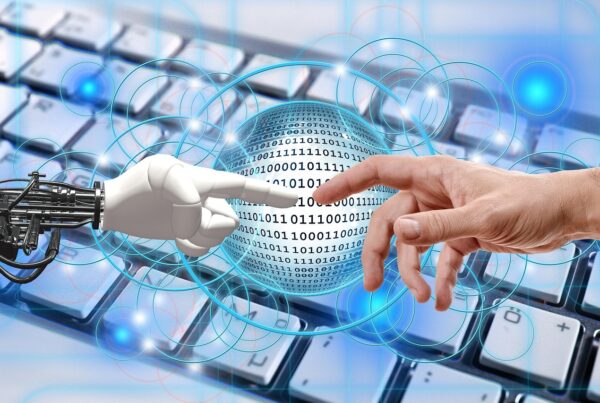#AI@Work: Change or Die?
Agile environments support continuous adaption of new tasks. This supports business processes and allows for flexible reactions in specific situations. In this way each case, each order, each customer has the ability to remain unique. KISS (Knowledge Intensive Service Support) is just one of many acronyms used for agile tasks. There will always be exceptions, unforeseen events, unpredictable situations, variations and complex tasks. “A task is a definition of a particular item of work. Tasks specify the requirements and the goal of that work”. Different resources are used to accommodate different tasks. In an agile environment, the goal is to shorten the gap between
the initial process design and the process execution. The most important principle of agile is to learn and
adjust along the way.
The way information is represented in the workplace and then changed, combined and spread is, supposedly, in alignment with business goals. Problem solving can rely on one person or many people. Problems get solved with various degrees of reliability and efficiency. Intelligence then sits at the systems level in distributed cognition and
can and does include AI. It also includes any other technologies that can support the idea of attaining
business goals (Perry, 1999). Understanding this is key to the functioning of the workplace. This is true for both the individual and for the collective organization. Both knowledge and skills bring the organization together. This includes the individuals and subgroups that support the work environment.
Many organizations will be faced with change or die scenarios and many workers will become unemployed. This will be exemplified where control and respective cognition and services have been the norm and where there is a resistance to adopting new ways of implementing business processes. Agile workplaces promise to be more people-focused, more flexible and more unique. This AI revolution is already here. The pace of adoptions is accelerating
and the availability of opportunity to use and deploy technologies to support the workplace is speeding up. Agile paradigms have found their way into a multitude of workplaces alongside new supportive technologies changing roles and processes. From hospital emergency rooms to educational assessments, to budgeting and banking, sales calls and food processing, AI and new technologies are causing organizations to reinvent themselves. Big
shifts have started to play out in industries as diverse as energy, healthcare, manufacturing and apparel, and more upheaval can be anticipated. Innovation and responsiveness will thrive while redundancy and predictive processes will be replaced, at least in part by new ways of working.
#AI@Work, #WFH, #Virtual Touchpoints, #ThePajamaEffect, #The Visual Connection, #BobbeGB, #BobbeBaggio, #Touchpoints, #Remote Workplace, #WorkFromHome, #PJEffect, #LinkedInNewsLive





